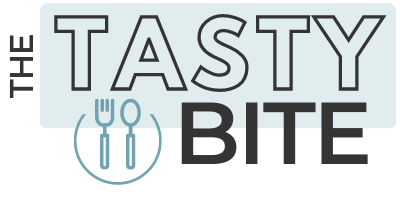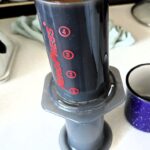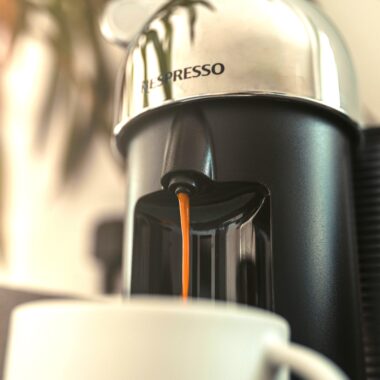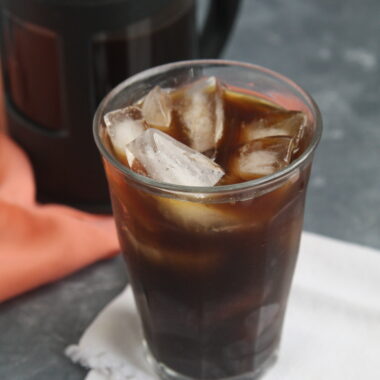Last Updated on February 17, 2025 by Karen
Learn about the differences between Pu Erh Tea and Coffee, including caffeine content, health benefits, and taste. Learn how each beverage affects your energy, well-being, and overall health in this comprehensive guide to your morning drink options.
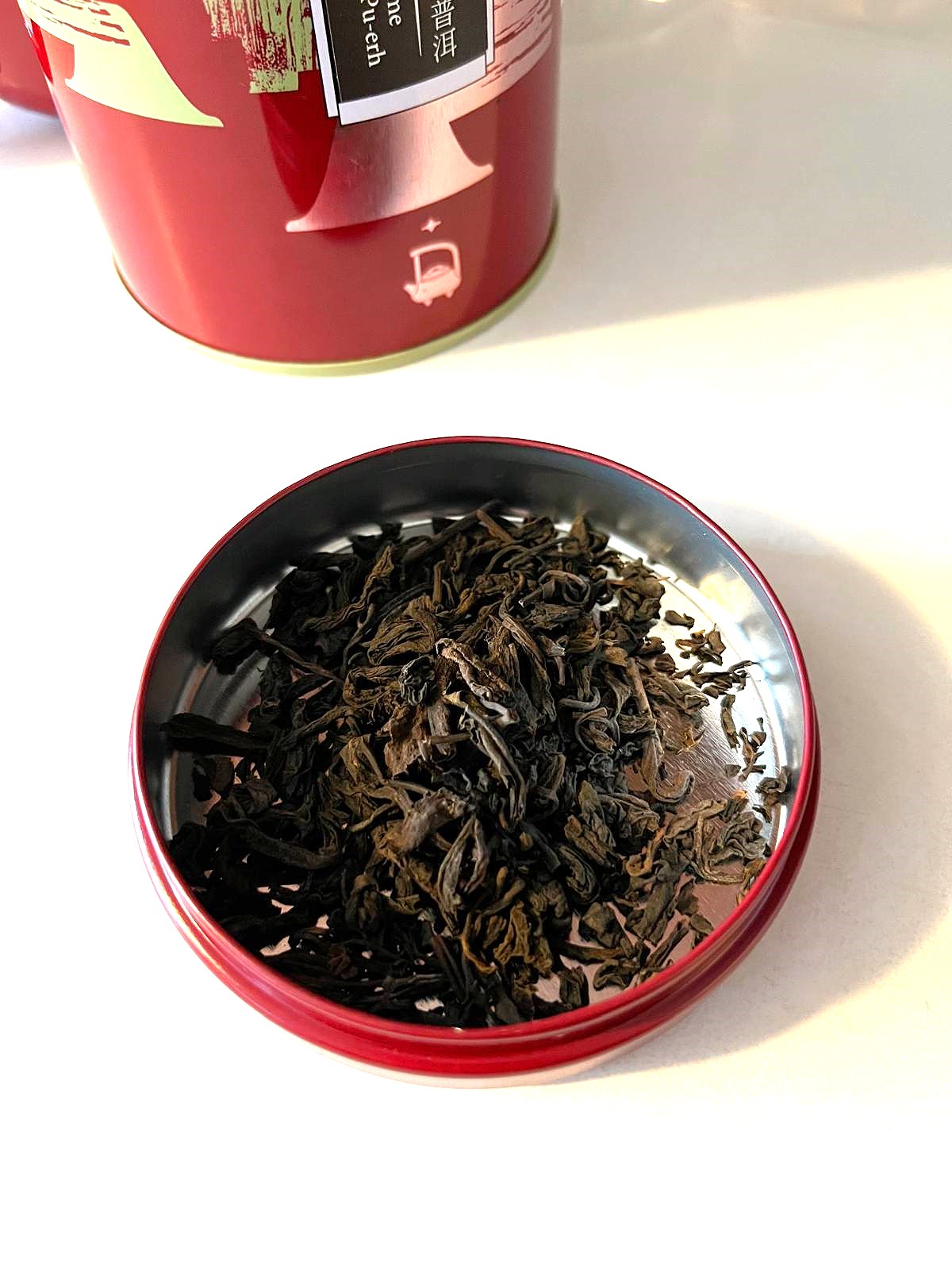
Whenever I visit a Chinese dim sum restaurant for yum cha experience, there’s one thing I always look forward to as much as the delicious dumplings and buns — a warm, comforting cup of Pu Erh tea. There’s something about the deep, earthy flavor of Pu Erh tea that pairs perfectly with the savory flavors of dim sum. Unlike many other teas, Pu Erh has a unique richness that helps balance out the variety of tastes on the table, from steamed dumplings to crispy spring rolls (especially good with rich, fried foods). Whether I’m enjoying it in a traditional tea house or at a bustling restaurant with friends, Pu Erh tea has become my go-to choice every time I indulge in dim sum.
When it comes to choosing a drink that helps boost your morning energy, two of the most popular choices are coffee and tea. Both beverages are loved for their stimulating effects, thanks to their caffeine content. But when comparing Pu Erh tea to coffee, many factors come into play—especially caffeine levels, taste, and health benefits.
In this post, we’ll talk about how Pu Erh tea stacks up against coffee in terms of caffeine content, health benefits, and how each beverage can enhance your well-being. Whether you’re a tea enthusiast or a coffee drinker, understanding the differences between these two beverages will help you make an informed choice for your daily routine.
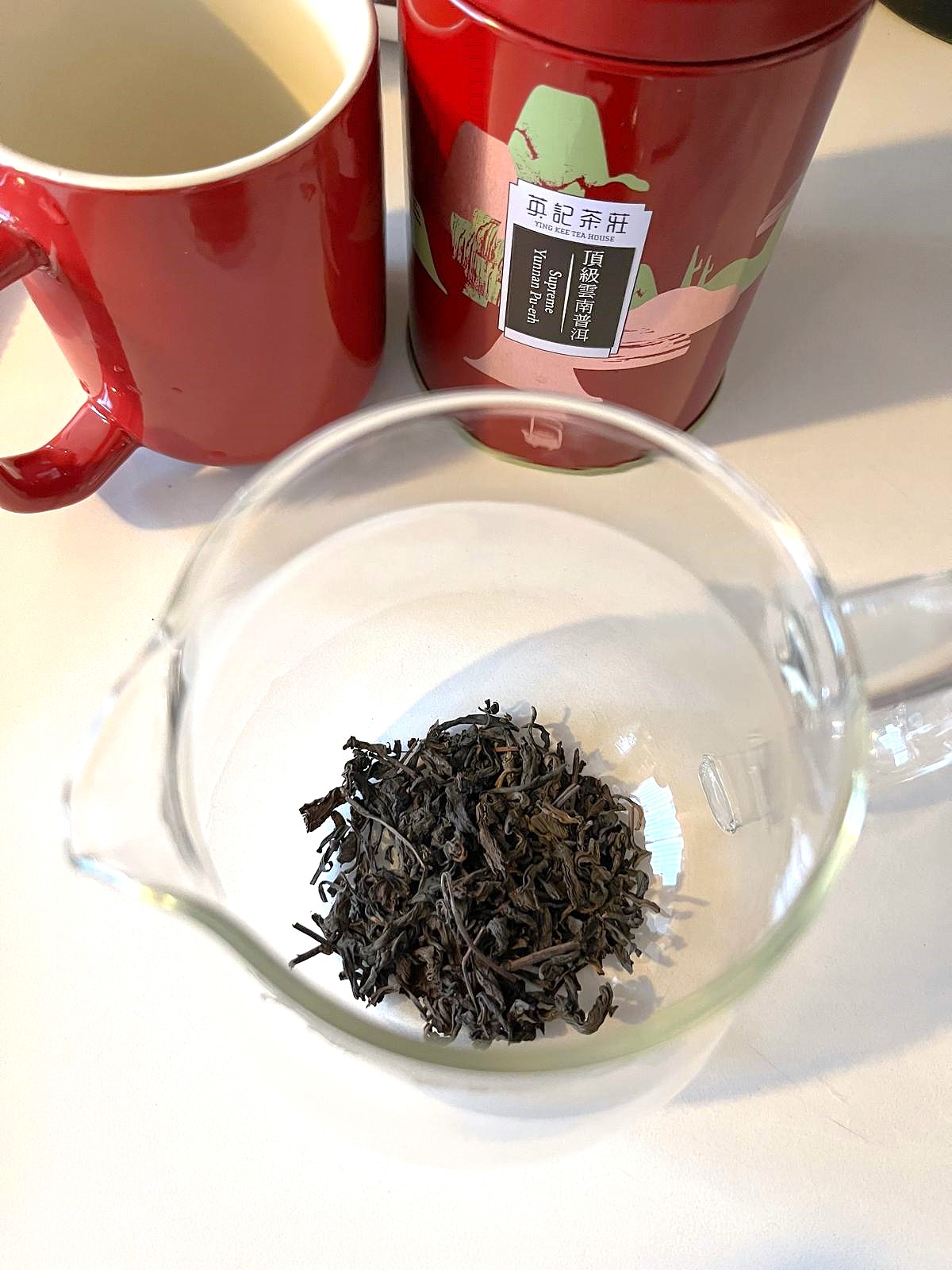
What is Pu Er tea?
Pu Erh tea is a unique type of Chinese tea known for its deep, earthy flavor and complex aging process. Unlike other teas such as black tea, green tea, oolong tea, and white tea, Pu Erh undergoes a fermentation process that contributes to its distinctive characteristics. It’s often referred to as a dark tea, with a rich, dark color that results from its aging, making it stand out in the world of tea.
Pu Erh is produced from the Camellia sinensis plant, the same plant that yields other types of tea like black tea and green tea. However, what sets Pu Erh apart is the processing methods it undergoes, including fermentation and sometimes even post-fermentation. This gives the tea a unique taste and a profile that deepens over time as it ages, much like lapsang souchong or even fine wine.
While Pu Erh tea is less common than black tea or green tea in the tea market, its distinctive qualities have made it a favorite among tea enthusiasts and those who enjoy exploring the diverse types of tea. If you’re trying Pu Erh tea for the first time, it’s worth noting that the tea’s complex flavor profile can vary based on how it is processed, aged, and brewed. Steep time and water temperature are key to unlocking the best flavor, so experimenting with these factors can help you discover the best way to enjoy your cup of tea.
What is the Caffeine Content of Pu Erh Tea?
When brewed, Pu Erh tea generally has a lower caffeine content compared to coffee, making it a good choice for those who want to avoid the higher caffeine levels found in traditional coffee. However, Pu Erh does contain a moderate amount of caffeine, providing an energy boost that’s more gentle and long-lasting compared to the sharp, immediate spike in heart rate that can come from drinking coffee. It’s an excellent option for tea lovers looking for a drink that offers positive effects without the intense caffeine jitters that come from much coffee.
The caffeine effects in Pu Erh tea are influenced by several important factors, such as steep time, water temperature, and how long the tea has aged. Younger, raw Pu Erh teas have higher caffeine levels, while ripe Pu Erh teas tend to have a lower caffeine content and a sweeter taste. Cooler water is often used for lower temperatures, which helps to extract the tea’s complex flavors without over-extracting the caffeine.

What is the Caffeine Content of Coffee?
The caffeine content of coffee can vary depending on several factors, including the type of coffee, the brewing method, and the serving size. On average, an 8-ounce (240-milliliter) cup of brewed coffee contains around 95 milligrams (mg) of caffeine. However, this can range from 70 mg to 140 mg depending on the strength of the brew and the coffee beans used. For example:
- Espresso (a concentrated form of coffee) contains roughly 63 mg of caffeine per ounce (30 milliliters), meaning a typical 1-ounce shot has about 63 mg of caffeine.
- Decaffeinated coffee generally contains much less caffeine, typically around 2 to 5 mg per 8-ounce cup.
Factors like brewing time, coffee bean variety (such as Arabica or Robusta), and grind size can also influence the final caffeine content.
Pu Erh Tea vs Coffee: A Comparison of Caffeine Content
The most immediate difference between Pu Erh tea and coffee is their caffeine content. Coffee is well-known for being one of the most caffeinated drinks around. On average, an 8 oz cup of coffee contains about 95 mg of caffeine, though this can vary depending on the brewing method and type of coffee bean. This higher caffeine content makes coffee the go-to drink for many people looking for an energy boost or mental clarity.
In contrast, Pu Erh tea generally contains less caffeine. On average, an 8 oz cup of Pu Erh tea provides between 30-70 mg of caffeine, which is significantly lower than coffee. The caffeine levels in Pu Erh tea can vary based on the type and how it’s prepared. For example, raw Pu Erh tea (which is less processed) may have a higher caffeine content than ripe Pu Erh tea (which undergoes an accelerated fermentation process). However, Pu Erh tea still provides a moderate boost of energy without the strong jittery effects often associated with coffee.
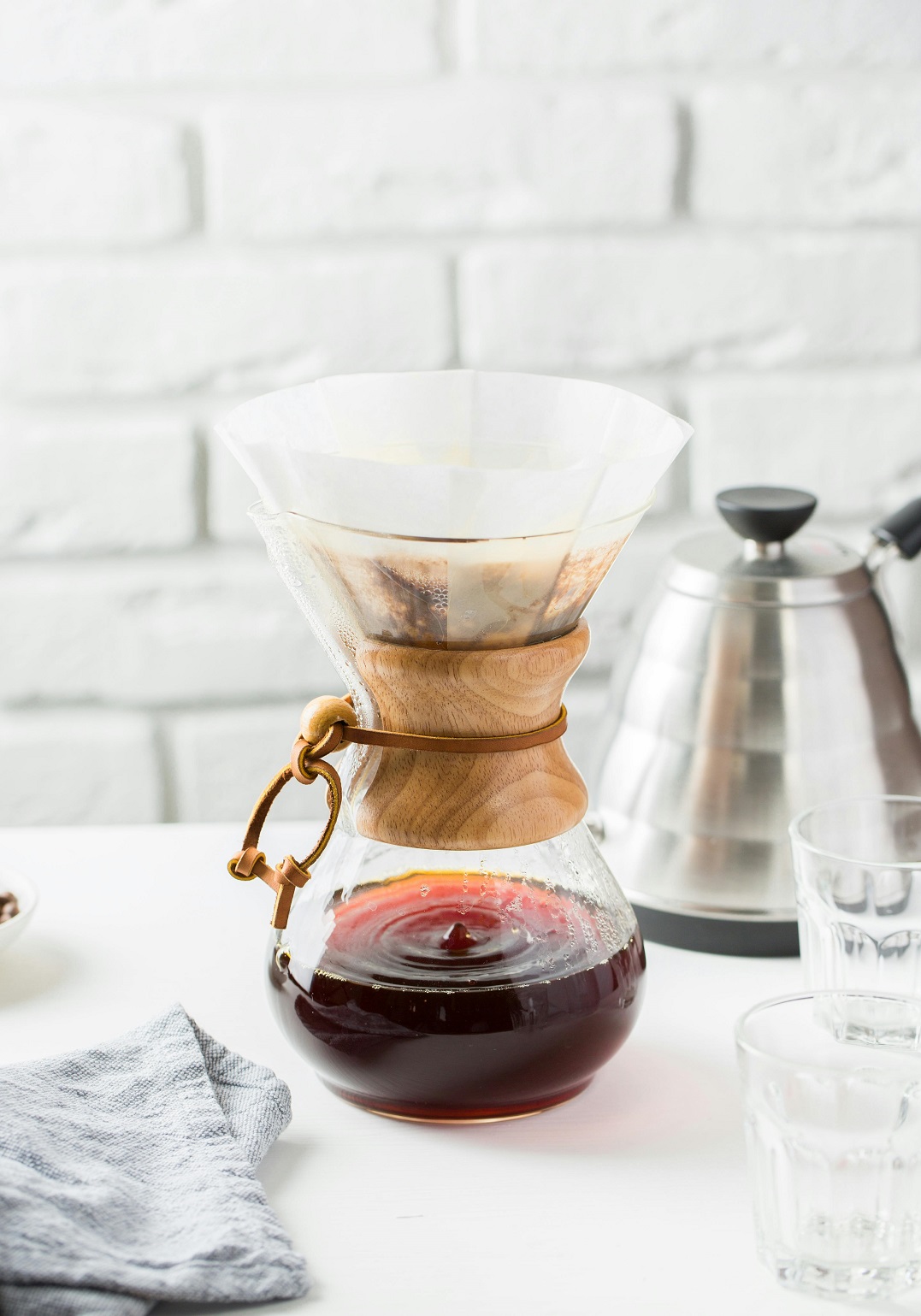
How Does The Caffeine in Pu Erh Tea and Coffee Affect Your Body?
Caffeine is a stimulant that affects your nervous system, promoting mental alertness and temporarily boosting your energy levels. When consumed in moderation, caffeine can improve focus, mood, and even athletic performance. However, the amount of caffeine in your drink plays a significant role in the effects it has on your body.
While both coffee and Pu Erh tea offer caffeine that enhances mental clarity, the lower caffeine levels in Pu Erh tea might make it a more suitable option for those sensitive to caffeine or those looking for a more gentle pick-me-up. Coffee’s higher caffeine content may leave some feeling anxious or jittery, especially if consumed in large quantities. For individuals looking for sustained energy throughout the day without the crash, Pu Erh tea offers a more balanced option.
Additionally, because Pu Erh tea contains a mix of caffeine and amino acids, some tea drinkers report feeling a calming, focused energy rather than the intense jolt that coffee provides.
What Are The Health Benefits of Pu Erh Tea and Coffee?
While both Pu Erh tea and coffee are known for their health benefits, they have unique properties that make each one stand out.
Health Benefits of Pu Erh Tea
Weight Loss: One of the most notable benefits of Pu Erh tea is its potential to aid in weight loss. Some studies suggest that Pu Erh tea can help boost metabolism and reduce fat accumulation in the body. The tea contains compounds that help break down fat and prevent it from being stored, making it a popular choice among those looking to manage their weight.
Cholesterol Levels: Research has shown that Pu Erh tea may help lower cholesterol levels. The antioxidants in Pu Erh tea, especially the polyphenols, may help reduce LDL cholesterol (the “bad” cholesterol) and increase HDL cholesterol (the “good” cholesterol), contributing to better cardiovascular health.
Digestive Health: Pu Erh tea is believed to promote digestive health by improving gut bacteria balance and aiding in digestion. Drinking Pu Erh tea regularly may help alleviate bloating, indigestion, and other gastrointestinal issues.
Antioxidants and Aging: The tea’s high levels of antioxidants can help neutralize free radicals in the body, reducing oxidative stress and slowing down the aging process. Some tea drinkers even describe Pu Erh tea as a “fine wine” of the tea world because it ages beautifully, improving in flavor and benefits as it matures.
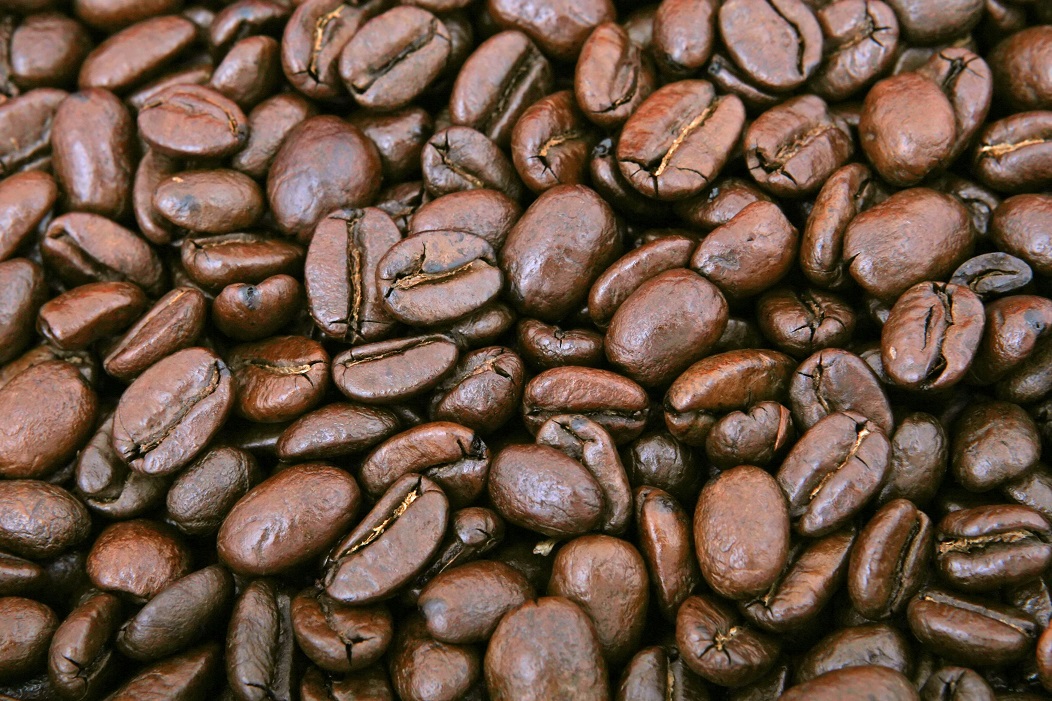
Health Benefits of Coffee
Mental Alertness: One of the main reasons people drink coffee is for its ability to increase mental alertness. With its higher caffeine content, coffee provides a more immediate energy boost, making it a popular choice for those needing to focus or stay awake, especially in the morning.
Metabolism Boost: Coffee has also been linked to a faster metabolism. It contains compounds like caffeine and antioxidants that may stimulate fat burning and increase the body’s calorie expenditure.
Improved Physical Performance: Drinking coffee before a workout may enhance physical performance by increasing endurance and strength. Caffeine stimulates the nervous system, making you feel more energetic and less fatigued during exercise.
Reduced Risk of Certain Diseases: Studies suggest that coffee drinkers may have a reduced risk of developing diseases like Parkinson’s, Alzheimer’s, and type 2 diabetes. The antioxidants found in coffee, including chlorogenic acid, contribute to these protective effects.

Which One Should You Choose: Pu Erh Tea or Coffee?
Deciding between Pu Erh tea and coffee depends on your personal preferences and lifestyle. If you’re someone who enjoys high caffeine content and needs an immediate boost of energy, coffee is likely your best bet. Its stronger caffeine levels provide a more intense and quick jolt of energy, making it perfect for early mornings or when you need a pick-me-up throughout the day.
However, if you’re looking for a drink with moderate caffeine levels, along with a wide range of health benefits, Pu Erh tea might be the better choice. It offers a gentler boost of energy while providing additional advantages like weight loss support, cholesterol reduction, and digestive health.
Pu Erh tea is also a great option for those seeking a unique flavor. It has a distinctive earthy flavor that’s both complex and soothing. Its versatility makes it ideal for various times of the day, and the low caffeine levels make it a great option for a calming evening beverage.
Where Can You Find Pu Erh Tea?
Pu Erh tea can be found in various places, both online and in physical stores. They come in tea bags, loose leaf tea, and in compressed cake form. Sometimes they come in a tea blend with dried chrysanthemum. Here are some options for purchasing:
Specialty Tea Shops: Many tea shops, both local and online, carry a variety of Pu Erh tea options, including raw (sheng) and ripe (shou) Pu Erh. A popular tea shop in the US is Ten Ren.
Online Retailers: Websites like Amazon, Teavana, and specialized tea retailers like The Tea Spot, Adagio Teas, and Yunnan Sourcing offer a wide selection of Pu Erh tea, often in loose leaf form or compressed cakes.
Asian Markets: Larger Asian supermarkets often carry Pu Erh tea, especially those specializing in Chinese goods, where you’ll find both loose leaf and compressed versions.
When purchasing, it’s important to check the quality and origin, as genuine Pu Erh tea is traditionally sourced from the Yunnan province in China. You can also look for reputable sellers with detailed product descriptions to ensure the tea’s authenticity.
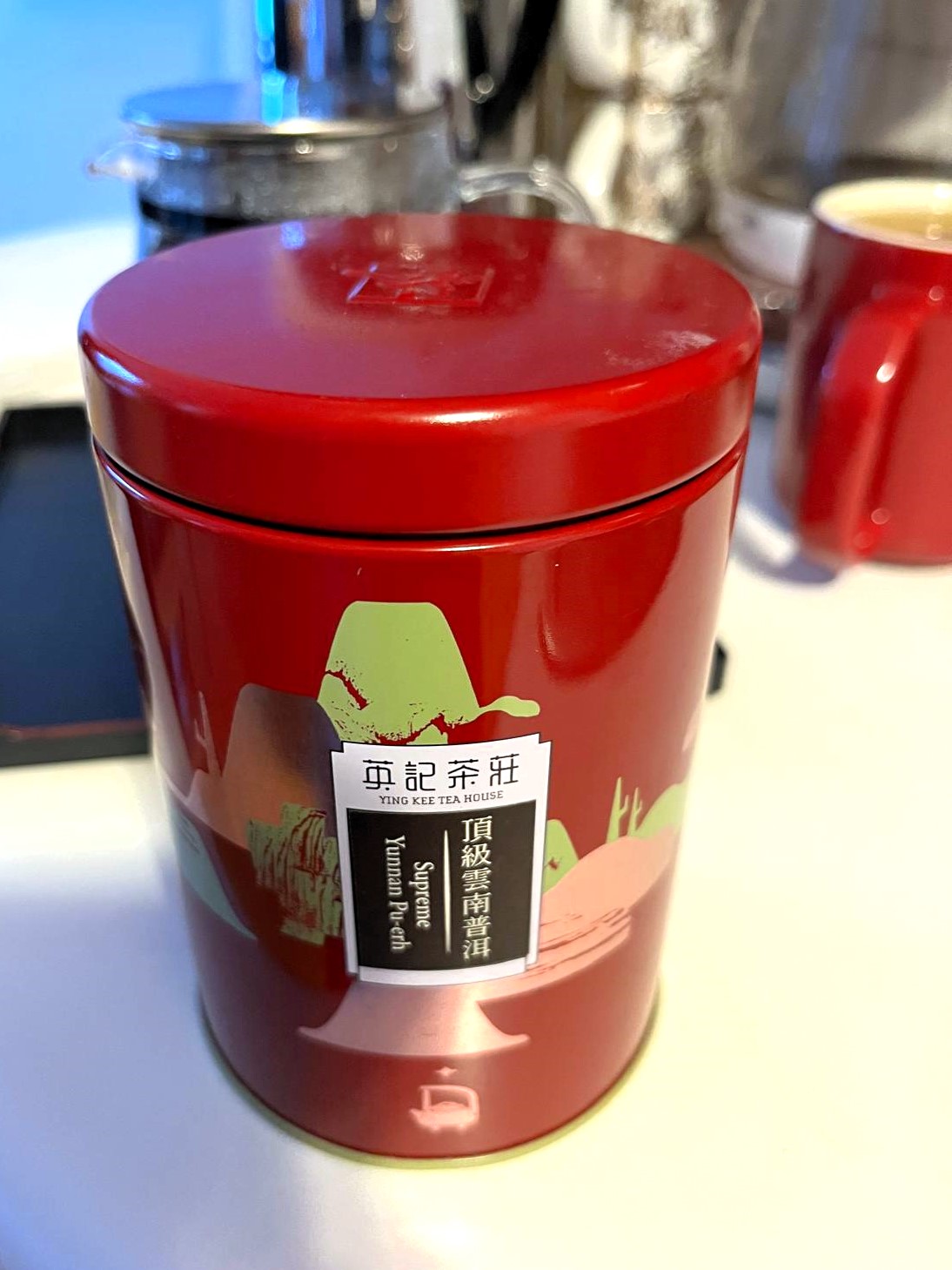
Ultimately, whether you choose Pu Erh tea or coffee depends on your personal preferences and how your body responds to caffeine. For those who appreciate the robust flavor and higher caffeine content of coffee, it’s the perfect morning companion. But for those seeking a more nuanced, earthy flavor with added health benefits, Pu Erh tea is a fantastic choice. Both beverages are beloved by tea enthusiasts and coffee lovers alike, each offering their own unique set of benefits and energy-boosting qualities.
So, the next time you’re debating between a cup of coffee or a cup of tea, think about the caffeine content, taste preferences, and the potential health benefits each drink offers. The decision is yours!
